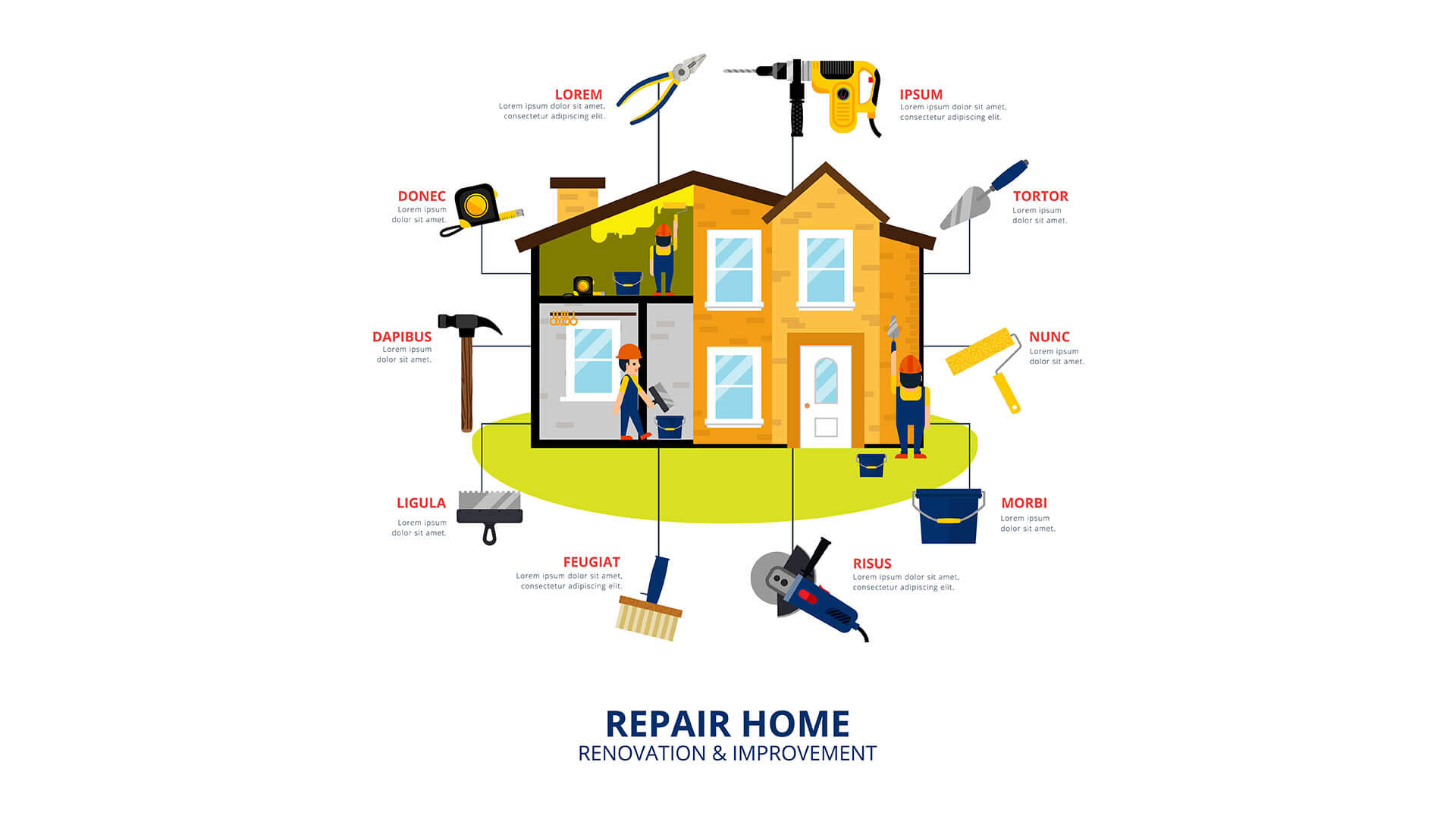Embarking on a home repair project can be an exciting yet daunting task, transforming your living space into a personal sanctuary that exudes comfort and style. The key to a successful home repair is carefully selecting the right equipment, guaranteeing efficiency, safety, and high-quality results. Choosing the equipment for your job might seem daunting at first glance, especially if you aren't a professional contractor or handyman. However, considering your options when selecting the right tools and materials, you can stock up on exactly what you need for success.
1. Invest in a Home Repair Toolkit
A home repair toolkit is a crucial investment, containing an array of essential tools that can assist with many repair tasks. Among these implements, carriage bolts, also known as coach bolts, are a must-have. With these M10 coach bolts, you can tackle multiple home repair projects, from installing shelves to repairing furniture. Other essential tools that should be included in your toolkit are a hammer, screwdrivers, pliers, measuring tape, level, utility knife, and drill.
Investing in a quality toolkit may seem significant, but it will save you time and money in the long run. Having all the necessary tools readily available eliminates the need to stop or delay your project due to missing equipment.
2. Assess the Scope of Your Project
Before you even begin thinking about what specific tools and materials you'll need for your home repair project, take a step back and assess the scope of your project. This involves estimating the scale of the work, the time it will take, and the materials required. For instance, small tasks like fixing a leaky faucet will require less complex tools than larger projects like renovating a kitchen.
Understanding the size of your project will help determine whether you need to invest in heavy-duty equipment or if simple hand tools will suffice. This evaluation will also aid in establishing a realistic timeline and budget for your project, helping to prevent unexpected costs and delays. Therefore, taking the time to assess your project's scope thoroughly can save you time, money, and potential frustration.
3. Make a List
Once you've assessed your project's scope, create a list of tools and materials needed. Documenting everything beforehand ensures you have what you need and minimizes interruptions. A list also lets you review and research each item, selecting the best quality for your project.
An organized list helps with budgeting for the project, providing a cost overview of materials and tools. This step saves time and reduces stress, giving you confidence and clarity. Remember, thorough preparation is key to a smooth home repair project, and making a list is integral.
4. Research and Compare
Before deciding on equipment purchases, conduct thorough research and compare options. The internet offers a wealth of information on brands, prices, and reviews for tools and materials. Read reviews from professionals and DIYers to understand product performance and durability.
Comparing prices can also help you get the best deal without compromising quality. Many retailers offer price-matching and discounts, so feel free to shop around and negotiate for a better price. By researching and comparing your options, you can ensure that you are making informed choices that will result in high-quality work.
5. Consider Renting or Borrowing
Pay attention to renting or borrowing equipment for your home repair project. This can be a cost-effective solution if you only need a specific tool for one-time use. Many hardware stores offer tool rental services at affordable prices, and you can also reach out to friends or neighbors who may have the tools you need.
In addition to saving money, renting or borrowing equipment allows you to try out different tools before purchasing them. This can be particularly helpful if you need clarification on which tool is best for the job or if a particular brand or model will meet your needs.
6. Don't Forget Safety Equipment
When selecting equipment for your home repair project, it's essential also to consider safety equipment. Safety should always be a top priority, and proper protective gear can prevent accidents and injuries while working. Depending on the type of project, this may include items such as gloves, goggles, helmets, or masks. Investing in high-quality safety equipment is just as important as investing in high-quality tools. Don't skimp on safety gear, as it can save you from potential harm and costly medical bills.
Choosing the right equipment is crucial for the success of any home repair project. Following these guidelines, you can create an inviting and comfortable living space that reflects your style and meets all your functional needs. Always prioritize safety and invest in quality equipment for a successful home repair project. Feel free to seek help or advice from professionals if needed, and enjoy the satisfaction of transforming your living space into your dream home.





